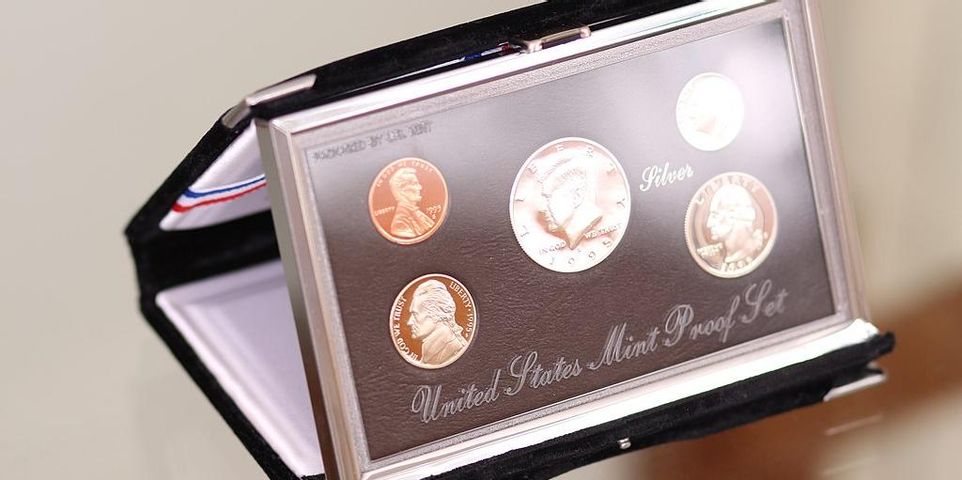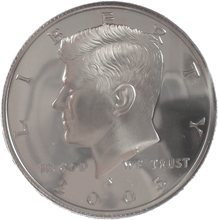
As a coin collector, you will encounter numerous different types of coins, but none is more beautiful than a Proof Set.
What Is a United States Mint Proof Set?
In the early 19th century, the U.S. Mint started making proof coins, which were essentially specimen examples of existing currency. To make them more appealing to collectors, the Mint added a unique finish to the coins.
In the beginning, proofs were not made for every coin produced for circulation, but in 1936, that changed. The U.S. Mint began making proof sets and selling them to coin collectors.
What Makes Them Attractive to Coin Collectors?
 Proof sets are unique in that they were never circulated and, therefore, have no signs of wear. They also offer a snapshot of currency frozen in time, assembled in a set with other coins from the same year. You can enjoy them as a group instead of having to search for individual coins.
Proof sets are unique in that they were never circulated and, therefore, have no signs of wear. They also offer a snapshot of currency frozen in time, assembled in a set with other coins from the same year. You can enjoy them as a group instead of having to search for individual coins.
Which Proof Sets Are the Most Valuable?
As is true throughout the field of numismatics, some proof sets are valued higher than others due to the year or errors they contain. For example, the earliest regular proof sets—those created between 1936 and 1951—garner higher prices than later sets.
Random errors also go for a premium, such as the 1970-S Roosevelt dime, 1971-S Jefferson nickel, and 1990-S Lincoln cent, which are all missing the “S” mint mark on the obverse side.
If you are interested in learning more about proof sets, the team at Coins Plus will be happy to answer your questions. This trustworthy store is known as Cincinnati, OH’s only "National Award Winning and PNG Dealer” and makes regular contributions to the leading industry guides, Redbook and Bluebook. To learn more about their offerings for coin collectors and sellers, visit the website. You can also call (513) 621-1996 to speak with a staff member.
About the Business
Have a question? Ask the experts!
Send your question

